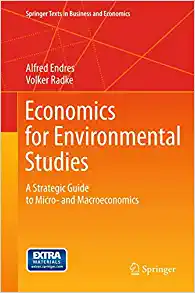Question
In a model economy, entrepreneurs can be either talented and untalented. Each entrepreneur might create an startup with an investment of 50 thousand dollars. Talented

In a model economy, entrepreneurs can be either talented and untalented. Each entrepreneur might create an startup with an investment of 50 thousand dollars. Talented entrepreneurs have a 80% chance of succeeding, while that probability is only 40% for the untalented. Success means the startup is sold to a big company for 100 thousand dollars. Failure means the startup has no value.
No entrepreneur has any money; they must get the 50 thousand dollars from a bank. If the startup is successful, which is public information, the entrepreneur pays back 50(1+r) thousand dollars to the bank, where r?0 is the interest rate. Note that the interest rate can potentially be more than 1 (that is, more than 100%). If the startup fails, the bank gets nothing back, meaning they incur a loss of -50 thousand.
All agents are risk neutral.
Question 29: Assume that the type of entrepreneur is an intrinsic, immutable characteristic. Consider the following statements:
- If banks can observe entrepreneur types, they would be willing to lend to the talented entrepreneurs, as long as r?25%
- A benevolent dictator with perfect information would optimally allocate loans to both talented and untalented entrepreneurs, since both investments have positive expected profits.
- Entrepreneurs are always willing to take up loans if the bank offers them, regardless of the interest rate r.

Step by Step Solution
There are 3 Steps involved in it
Step: 1

Get Instant Access to Expert-Tailored Solutions
See step-by-step solutions with expert insights and AI powered tools for academic success
Step: 2

Step: 3

Ace Your Homework with AI
Get the answers you need in no time with our AI-driven, step-by-step assistance
Get Started


